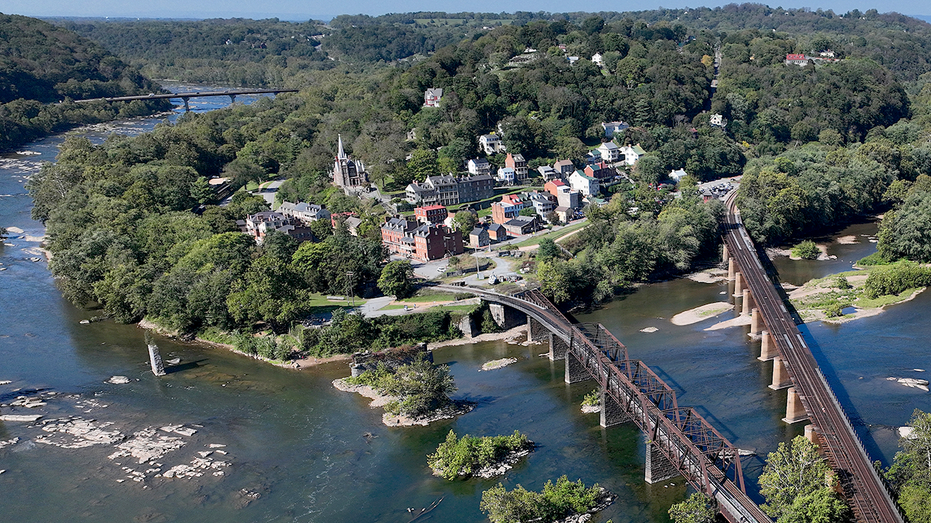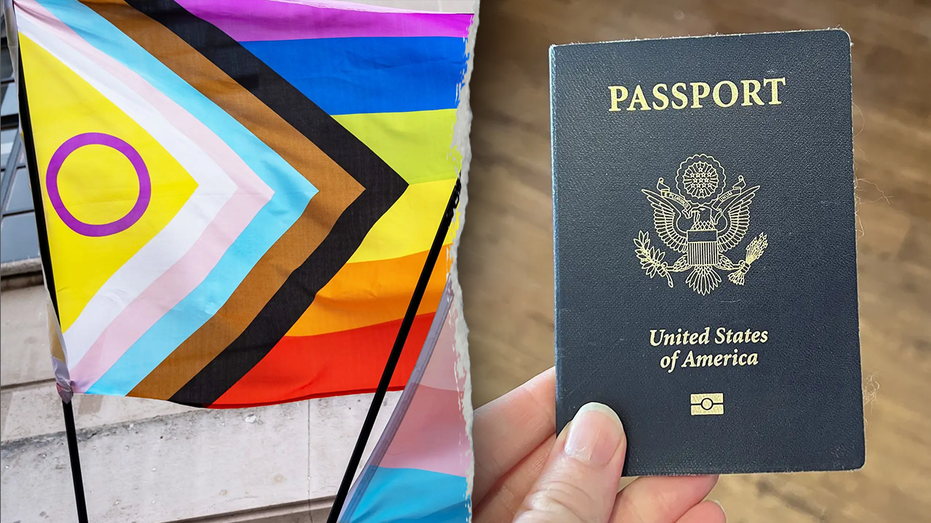A seismic shift in Virginia politics has ignited a long-dormant idea: reunification. Following recent election results, West Virginia lawmakers are openly discussing welcoming disaffected counties from Virginia – and even parts of Maryland – back into the Mountain State.
The roots of this proposition run deep, tracing back to the Civil War. In 1863, western counties of Virginia, largely opposed to slavery, broke away to form West Virginia, refusing to follow the eastern part of the state into secession. It was a dramatic act of self-determination, born from fundamental disagreements.
Now, a century and a half later, that historical fracture is being revisited. State Senator Chris Rose has proposed legislation to invite several western Virginia counties, along with those in Maryland’s Western Panhandle, to rejoin West Virginia. The proposal isn’t simply about geography; it’s about shared values.
These proposed additions – stretching from Big Stone Gap to Luray – share a powerful connection with West Virginia. A common Appalachian heritage, a preference for rural lifestyles, and a strong emphasis on individual liberties bind these communities together. The idea is to create a more cohesive cultural and political landscape.
The historical irony isn’t lost on those involved. West Virginia’s very creation stands as the only successful secession in American history. A forgotten invitation from 1862, specifically to Frederick County, Virginia, has even resurfaced, suggesting a standing offer for reunification.
The impetus for this renewed discussion stems from a growing sense of disconnect felt by many in western Virginia. The political priorities in Richmond feel increasingly distant from the concerns of these rural communities, fostering a sense of being overlooked and unheard.
This sentiment was echoed by Virginia’s Lieutenant Governor, who previously suggested establishing a “second governor’s office” in southwestern Virginia to better serve its residents. The sheer distance – with cities like Charleston actually *closer* to some areas than Richmond – highlights the geographical and political divide.
The proposal isn’t merely a political maneuver; it’s a reflection of deeply held beliefs about self-governance and community. It speaks to a desire for representation and a longing for a political environment that aligns with the values of these Appalachian communities.
While similar secession efforts elsewhere in the country have largely stalled, the unique historical context and cultural ties between West Virginia and its neighboring counties give this proposition a distinct resonance. It’s a bold idea, steeped in history, and fueled by a genuine desire for a more representative future.






